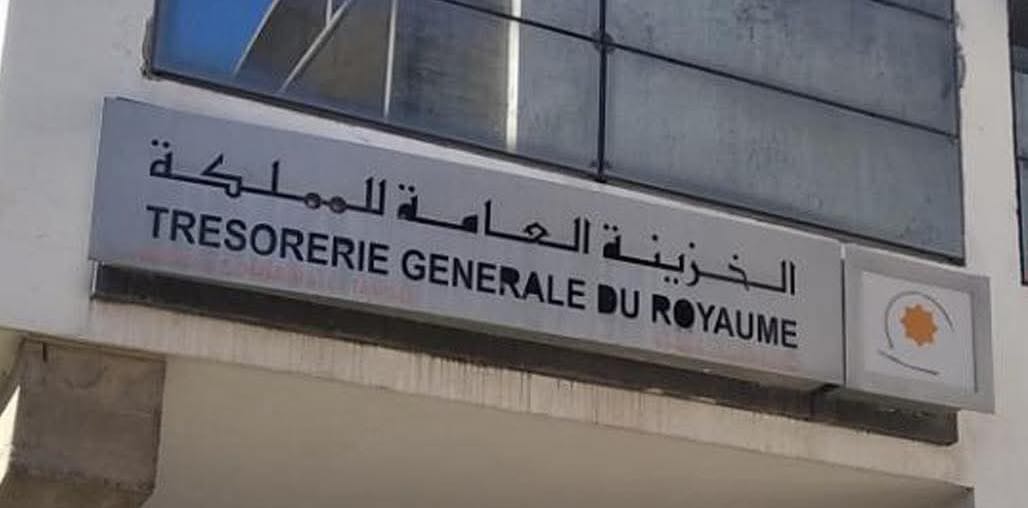Casablanca – Morocco’s Treasury debt climbed to $110.4 billion by the end of October 2024, reflecting a 7.2% increase compared to the same period in 2023. The rise is attributed primarily to the growth in domestic debt, which constitutes 75.9% of the total, while external debt also surged by 10.4% to reach $26.6 billion.
Debt breakdown and trends
Domestic debt remains the cornerstone of Morocco’s Treasury obligations, offering stability amid global financial uncertainties. However, external debt has also grown, with the Treasury reporting a net positive flow of $0.57 billion. Despite this, withdrawals from external loans dropped by 36.6%, totaling $2.57 billion, while repayments surged significantly by 86.2% to $2.92 billion.
Debt management strategies
To optimize its debt profile, the Treasury conducted bond exchange operations amounting to $4.17 billion by the end of October 2024, a decrease from the $5.48 billion exchanged during the same period in 2023. These exchanges are part of an active debt management policy aimed at reducing refinancing risks and smoothing repayment schedules.
The Ministry of Economy and Finance highlighted that 88% of Treasury debt carries fixed interest rates, predominantly tied to domestic debt. This helps shield the country from volatile interest rate fluctuations. Moreover, only 11.4% of Treasury debt is tied to variable interest rates, limiting exposure to financial shocks.
Currency composition and external debt
The Treasury’s external debt is well-diversified:
- 59% in euros (approximately $15.7 billion)
- 35% in U.S. dollars (around $9.3 billion)
- 6% in other currencies (approximately $1.6 billion)
About 74% of Morocco’s total debt is denominated in Moroccan dirhams, reducing exposure to currency exchange risks. The Ministry confirmed that this structure aligns with its target of maintaining 70–80% domestic debt and 20–30% external debt, a strategy designed to bolster financial stability.
Financial impact and outlook
Despite challenging global financing conditions, the Ministry managed to limit the average cost of debt to an estimated 3.9% by the end of 2024, up from 3.3% in 2023. This slight increase reflects effective debt management amid rising interest rates both locally and internationally.
The average maturity of Treasury debt improved by six months in the first half of 2024, reaching 7 years and 9 months, further enhancing the sustainability of Morocco’s debt portfolio.
Morocco’s Treasury debt continues to rise but remains underpinned by a sound structure that emphasizes domestic borrowing and long-term stability. Strategic measures to control risks and costs are ensuring that the country navigates economic challenges while maintaining fiscal sustainability.
















